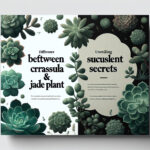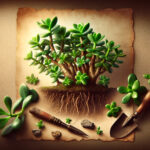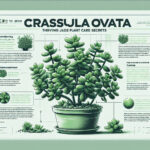Introduction
Peering into the lush, evergreen mystique of jade plants, one can’t help but wonder about their beginnings. What tales of survival and prosperity do their plump leaves whisper? Understanding the native habitats of plants unlocks a trove of insights, crucial for those who are vested in the art of cultivation. Let’s turn back the pages of time and unearth the origin story of these resilient beauties, adding a tinge of green to our knowledge as we do to our homes.
The jade plant, a beloved, stoic inhabitant of windowsills and office desks alike, is more than just an ornament. Known for their lush, green leaves that foster an aura of calm, jade plants beckon with a simplicity that resonates with both novice gardeners and seasoned horticulturists. Discovering their roots – not just the tangled physical ones but also their geographical and ecological lineage – offers an enchanting glimpse into the ancient lands they call home.
Jade plants hail from a world away, whispering stories of arid lands and sun-kissed horizons. For all the value in a leafy embrace, it’s the tales of their origin that offer a profound connection to our earth’s tapestry. Diving into the narrative of these succulents, we embark on a botanical journey to where jade plants are native to, and in doing so, enrich our understanding of how to encourage their verdant allure in our modern sanctuaries.
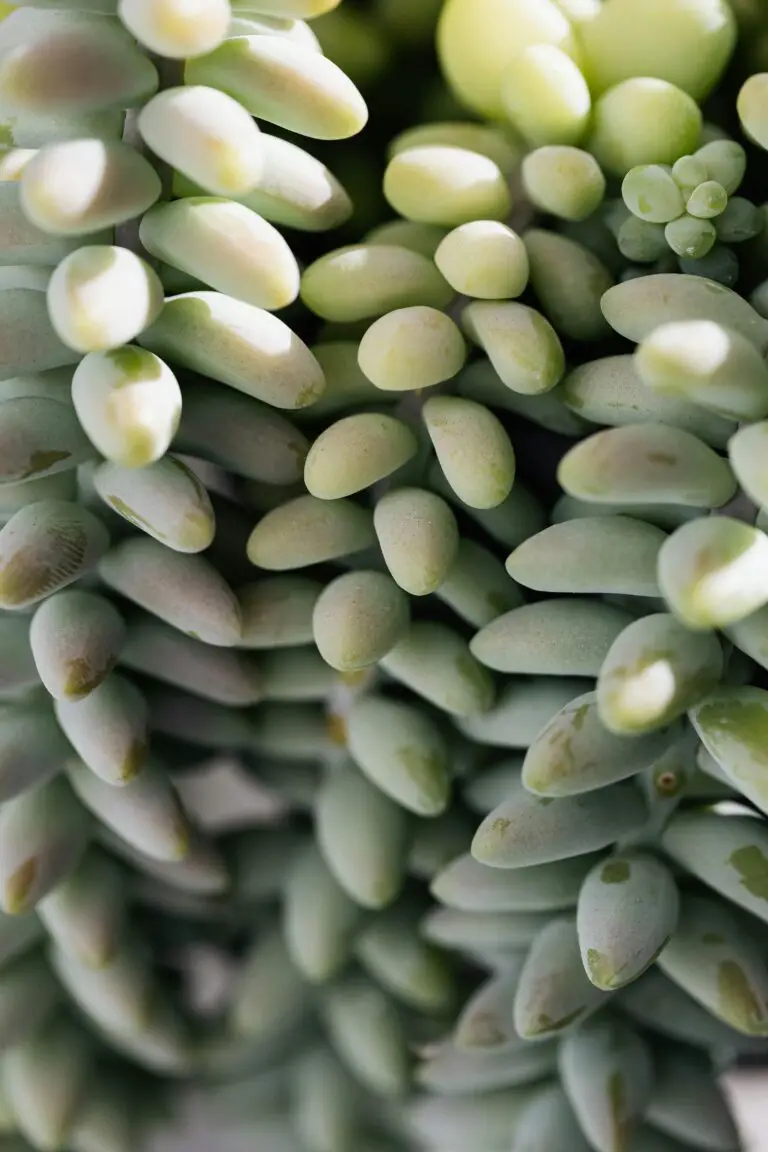
As we navigate the nuances of nurturing these plants, we converge with experts and enthusiasts on platforms like ‘Exploring Crassula: The World of Jade Plants Unveiled’ who shed light on optimizing conditions that mimic the stark yet beautiful regions that birthed these succulents. Every tip, a tidbit of mother nature’s wisdom; each guideline, a step closer towards recreating a fragment of their indigenous habitats.
Immersed in the greenery of our own spaces, we begin to ponder. What can these hardy plants teach us about resilience, beauty and the intricate dances of adaptation? Jade plants, with their stout trunks and glossy leaves, paint a vibrant picture of thriving against odds – an inspiration for both our gardens and our lives.
Unearthing the Ancestral Home of Jade Plants
Embark on a journey through time and earth to the ancient realms where jade plants first sank their roots. These succulent wonders have long thrived in the rugged terrains, evoking images of arid, rocky landscapes where lesser plants might struggle to survive. Originating from the far-flung corners of the world, specifically from the Northeastern provinces of South Africa and the neighboring country of Mozambique, jade plants boast a lineage as rugged as the terrain from which they hail.
In their primeval homes, jade plants adapted to embrace the kiss of the sun, basking under a brilliant sky that rarely clouds over. These enduring natives are accustomed to soil that’s fast-draining, a defense against the infrequent yet torrential rains that could lead to root rot. It’s a land where moderation is key—too much nourishment, and the jade plant loses its characteristic vigor; too little, and this resilient life-form shows its remarkable capacity for survival.
The true essence of these jade dwellers lies in their ability to store water within their waxy, glimmering leaves. In the wild, this trait serves as a lifeline during droughts that can stretch over extended periods. Imagine the vast, open savannas, dotted with rocky outcrops, serving as the cradle for jade plants. Here, these sturdy succulents not only survive but thrive, alongside a diverse array of wildlife that relies on the sparse yet life-sustaining ecosystem for their own survival.
Witnessing the jade plant in its native habitat is to see a sculptural beauty that has withstood the test of weather and time. The inhospitable terrain that could spell demise for other flora is precisely what moulds the jade plant into the robust yet elegant specimen that graces our homes today. Their ease in less-than-perfect conditions is a testament to their formidable origin, a nod to their ancestral homes where survival is an artform perfected over millennia.
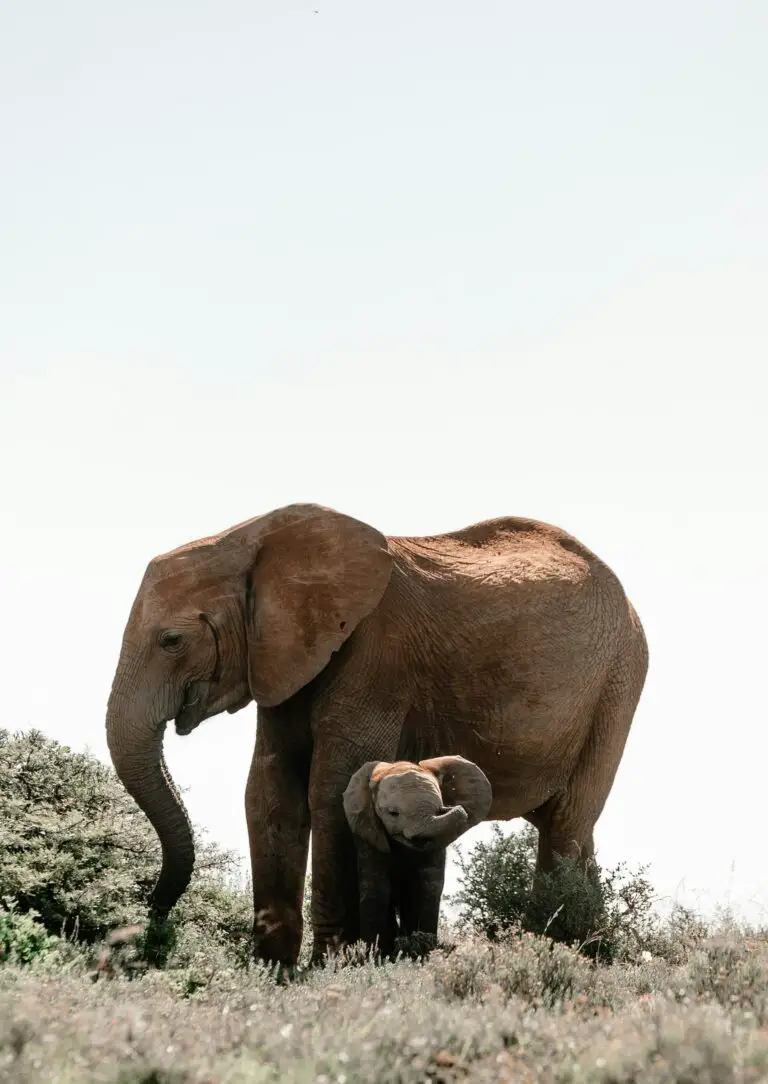
It’s in these sun-baked locales that one understands why jade plants are so revered for their low-maintenance nature and longevity. The ancestral spirit of these venerable green guardians runs deep, offering a living connection to the ancient landscapes that have honed their resilience and beauty.
The Ecological Significance of Jade Plant Habitats
Ever pondered how a single plant species can be a keystone in the grand tapestry of an ecosystem? Well, let’s take a front-row seat in the natural theater of jade plants and witness their ecological prowess in action. Native to the arid landscapes of South Africa, these succulent wonders have carved out a niche in rocky terrains and dry, coastal shores.
Imagine a jade plant basking in the robust South African sun, its waxy, brilliant green leaves an oasis amid an otherwise rugged terrain. This unassuming succulent isn’t merely surviving; it’s a pillar for local wildlife, offering life-sustaining moisture and refuge. From the chirpy sunbirds that flit from bloom to bloom, feasting on nectar to the nimble geckos that skitter across its sturdy branches seeking insects, the jade plant is the ringing dinner bell in the heart of nature’s symphony.
But it’s not just the animal kingdom that reaps the benefits. In a tango of ecological interdependence, neighboring plants thrive as well. Take, for instance, the way jade plants’ rooted networks help stabilize the soil. With their water-storing capabilities, they’re like miniature reservoirs during dry spells, ensuring that the habitat they anchor remains robust and resilient.
And let’s not forget the symbiotic fanfare! Mycorrhizal fungi interlace with the jade’s roots, sharing a below-ground bonanza of nutrients and water, enhancing the overall health and vitality of the local flora. By bolstering its brethren, the jade plant stitches together the fabric of a thriving ecosystem, one life at a time.
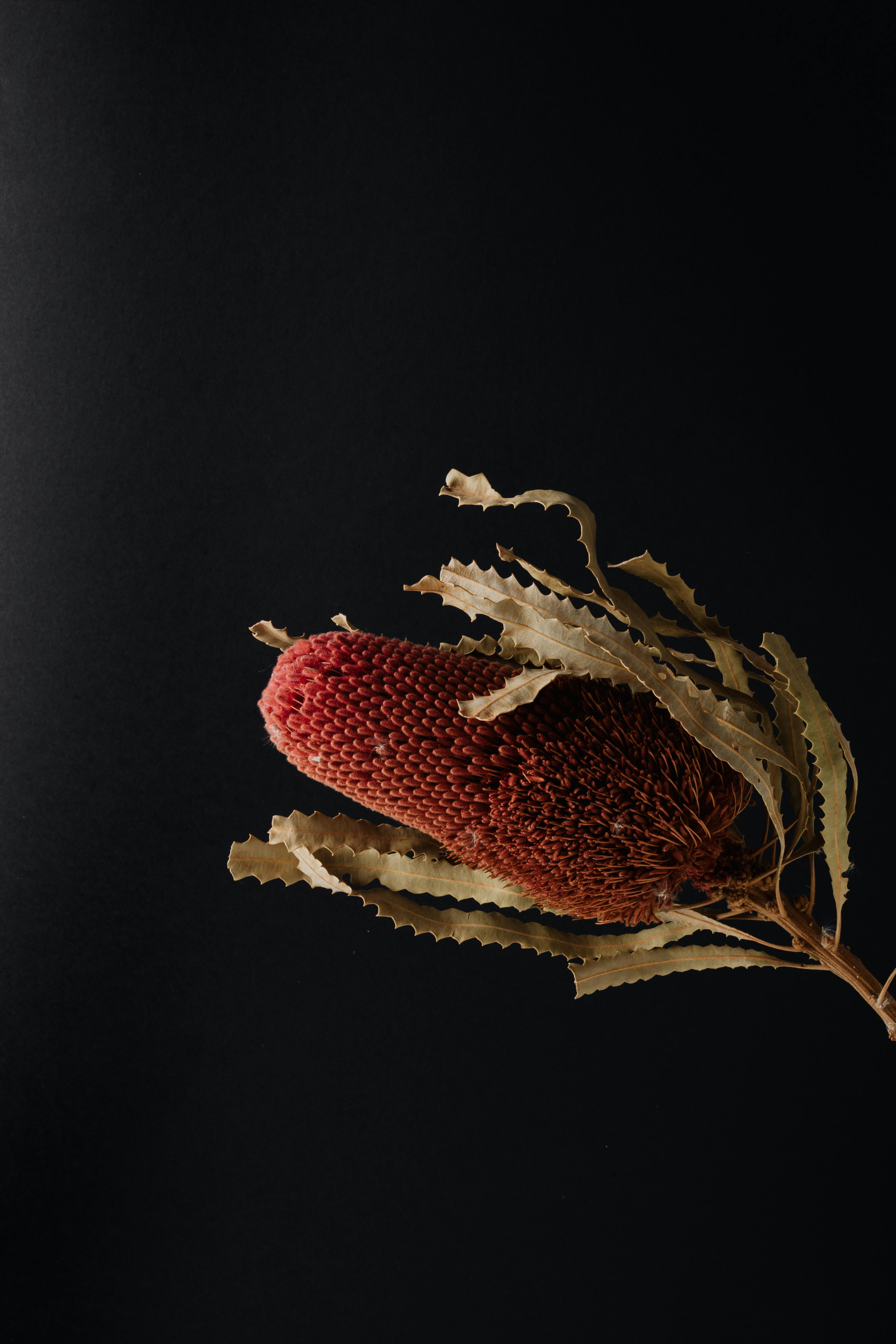
A Snapshot of Communal Living: The Jade Plant and Its Circle of Friends
No plant is an island, and the jade embodies this to perfection. In the dance of existence, it’s both lead and partner, sharing its space with fascinating critters and plant pals. It’s a testament to the adaptability and resilience of nature, where a single species can underpin the complex web of life, spotlighting the jade plant as a true ecological maestro.
Adaptations for Survival in Native Lands
Have you ever marveled at the resilience of jade plants, with their plump leaves and statuesque form, steadfast in the most arid of environments? These robust succulents are not just a popular choice for gardeners and indoor plant enthusiasts; they are also a marvel of natural adaptation, perfected over uncounted years in their native habitat.
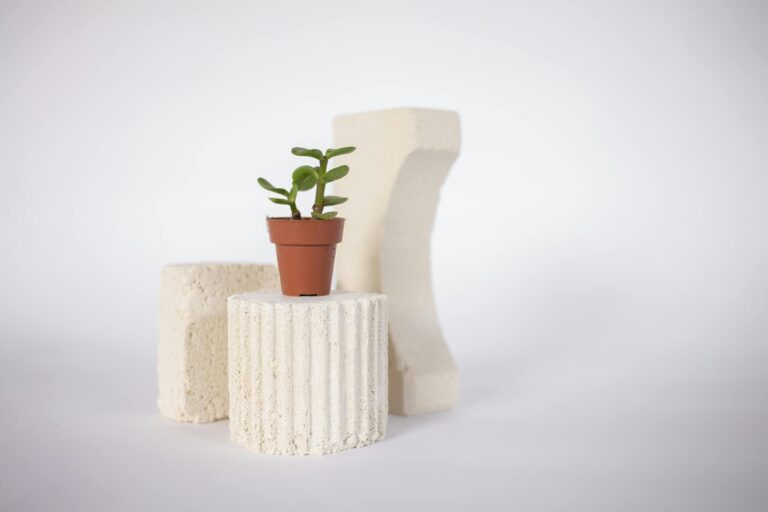
Native to the dry and rocky landscapes of South Africa, jade plants have developed an arsenal of features to conquer the challenges of their harsh homeland. Among the most remarkable of these is their water storage capacity. The thick, rubbery leaves are nature’s water tanks, storing vital moisture to tide the plant over through times of drought. It’s a survival tactic akin to a camel’s hump, allowing jade plants to thrive where other vegetation might wither and retreat.
But it’s not just their water hoarding that’s impressive. Jade plants also exhibit a sort of ‘sunscreen’ ability through their waxy leaf coating, which protects them from the merciless sun. This glossy layer acts as a barrier, reflecting harsh rays and reducing water loss through evaporation – a clever botanical adaptation that many of our household varieties have inherited.
Comparison with commercially grown jade plants reveals a fascinating journey from wild adaptation to domestic refinement. While the basic survival toolkit remains the same, cultivated varieties often boast a more diverse color palette, ranging from deep greens to vibrant reds, a testament to human fascination with aesthetic diversity. Yet, even as we admire our ornate potted friends, it’s the rugged simplicity of the jade plant’s desert-born traits that captures our imagination, a living lesson in nature’s masterful design.
Geographic Spread: How Jade Plants Conquered New Territories
The story of the jade plant is one of botanical exploration and human fascination. These hardy succulents, which originally hailed from the dry, rocky regions of South Africa and Mozambique, have found their way into the hearts and homes of enthusiasts across the globe. But how did these native African plants embark on such a remarkable journey?
It all started with their discovery by explorers who were captivated by the jade plant’s resilient nature and its glossy, jade-colored leaves. The combination of exotic appeal and ease of care made jade plants highly desirable commodities in the botanical world. As international trade routes expanded, jade plants began popping up in Europe and eventually made their way to the Americas and Asia.
Human influence has been the cornerstone of the jade plant’s geographic spread. Their adaptability to varying climates and indoor conditions has solidified their place in diverse environments. They have graced sunny windowsills in Stockholm, thrived in the humid climes of Singapore greenhouses, and added a touch of green to the bustling cities of New York.
Today, the worldwide status of jade plants is a testament to humanity’s enduring interest in cultivating beauty from nature. From gardeners sharing cuttings with neighbors to botanists researching new varieties, the narrative of the jade plant’s spread is interwoven with our own. They have become a botanical symbol of our interconnected world—a leafy reminder that even the smallest piece of nature can have a global impact.
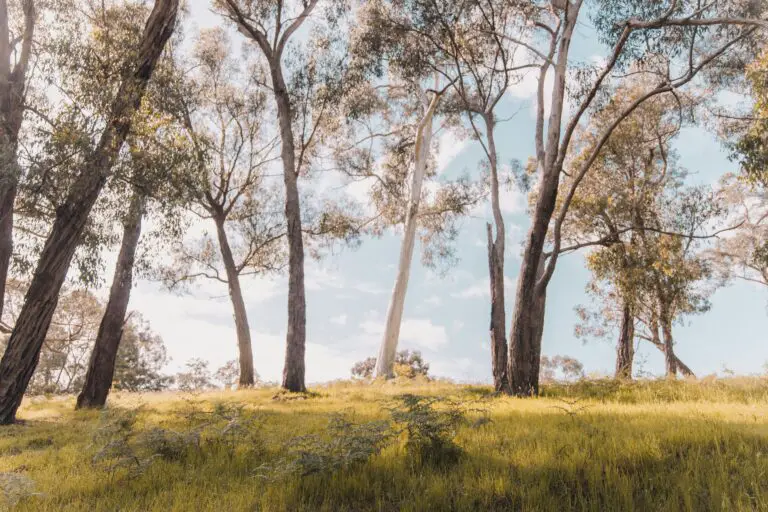
As we continue to build and expand our living spaces, the jade plant’s popularity shows no signs of waning. Its ease of propagation means that a single plant can be the ancestor of countless others, sharing its serene beauty in office spaces, stylish lofts, and cozy apartments alike. The jade plant’s odyssey reflects our own desire to bring the natural world closer, one succulent at a time.
Cultivating Jade Plants: Tips from Their Native Climes
Are you dreaming of raising a robust jade plant that thrives as if it’s basking in its natural habitat? Well, great news, aspiring green thumbs! With a few savvy tricks up your sleeve, you can create a little slice of jade plant paradise, no matter where you reside.
First things first: to understand the secret to a flourishing jade plant, we need to take a virtual journey to where these resilient beauties originate. Picture warm, semi-arid regions where rainfall plays hard to get, and the soil is well-drained, sandy, or rocky. These are the native stomping grounds of jade plants where they luxuriate in a climate that avoids extreme cold and treasures sunny days.
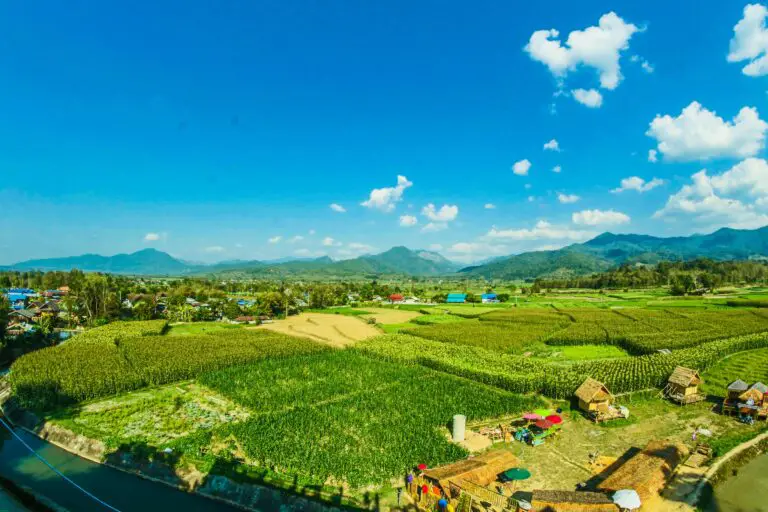
Now, transforming your living space into a semblance of this environment doesn’t require a landscaping degree. Start with the basics; think about the container. A pot with stellar drainage emulates that sandy soil, preventing your jade’s roots from getting a case of the soggies. Then, there’s the potting mix conundrum—forgo that rich, loamy soil and opt for a cactus blend that’ll make your jade’s roots feel right at home.
Moving on to hydration—remember, your jade descends from drought-tolerant stock. Mimic those infrequent rain showers with a watering routine that flaunts a ‘less is more’ approach. Give your jade a good drink, but wait for the soil to thoroughly dry out before the next watering waltz. It’s a delicate dance of patience that will reward you with glossy, plump leaves.
Now let’s chat sunlight. Jade plants adore basking in the glory of bright, indirect rays just like they would under a blazing sun tempered by the occasional cloud. Got a south-facing window? You’ve struck gold! Rotate your jade every now and then to ensure it gets an even tan—err, light distribution.
Finally, don’t become weighty with worry during the cold season. Jade plants can endure cooler temps, but they like to keep their toes—ahem, roots—above freezing. A spot that maintains a consistent temperature without the brisk chill of winter drafts is ideal for a contented, serene jade.
So there you go! Whether you’re nestled in a city apartment or have a sprawling backyard, these simple steps can help your jade plant thrive just like it would in its native environment. Offer your jade love, a touch of strategic neglect, and watch as it reaches for the sky with leathery, emerald vigor.
Preservation of Native Species and Habitats
The tenacity of jade plants to thrive in a myriad of environments is admirable but raises a poignant question: What does it truly mean to protect the very ground they originally sprouted from? In the quest to uncover the roots of these resilient succulents, we must turn a critical eye towards the ongoing efforts to preserve their natural habitats.
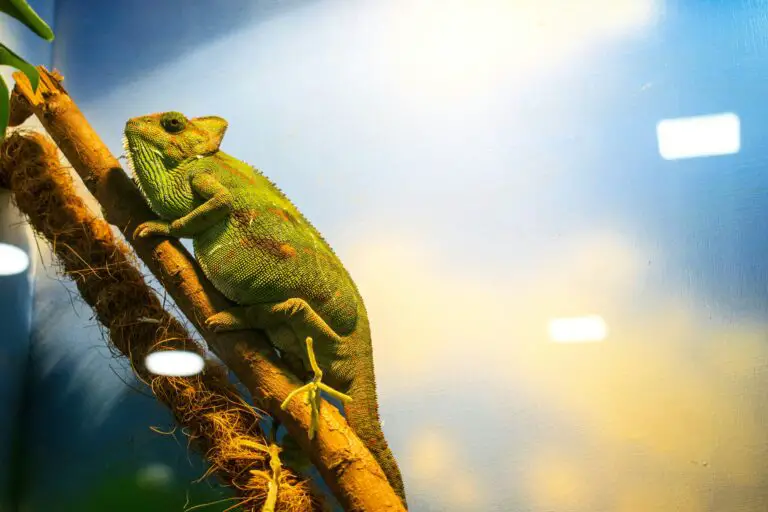
Jade plants, with their fleshy, ovate leaves and woody stems, hail from the warm, dry regions of South Africa. Here, in the rugged landscapes where they evolved, jade plants are not mere decorations but integral components of a balanced ecosystem. As urbanization encroaches upon these areas and climate change alters weather patterns, the natural homes of these plants face new and daunting challenges.
In response, conservationists and horticulturists alike have galvanized to protect these vulnerable areas. Initiatives range from the preservation of natural reserves, where jade plants can continue to flourish in the wild, to the implementation of sustainable gardening practices that mimic the conditions of their native lands.
One shining example of such efforts can be seen in the Eden Project in the UK, where massive biomes recreate the climates of different parts of the world, including the Mediterranean environment similar to that of the jade plant’s homeland. This not only educates the public on the diversity of plant life but also serves as a conservation method—shielding species from the threats posed by the changing environment.
Yet, these efforts require ongoing support and innovation. As environmental conditions continue to shift and human development presses forward, we must keep adapting our strategies to ensure that the jade plants’ native habitats are not only remembered but actively protected and cherished. It is a dance between nature and nurture, where every action taken to preserve these ancient landscapes is a step towards a future where jade plants can continue to thrive in their ancestral homes.
Conclusion
As we’ve traversed the fascinating terrain of jade plant origins, one thing has become crystal clear: understanding the roots of these succulents is more than just botanical trivia—it’s a beacon guiding us towards impeccable plant care. Native to the arid and tranquil cradles of South Africa and Mozambique, jade plants have evolved in the lap of drought-prone regions, mastering the art of minimalism in water use.

In the naturally sun-drenched nooks of these lands, where temperatures sway from one extreme to the next, jade plants have thrived, developing their plump, glossy leaves as built-in reservoirs. For the plant enthusiast, this means mimicking their native habitat in your own garden or home could lead to lusher growth. Imagine trading the busy city life for a serene, sunbathed corner of your living space—a personal sanctuary where these jade gems sway to the gentle cadence of ‘less is more.’ One need only watch the leaves of their jade plant for signs of resilience, an echo of their ancestral dance with Mother Nature.
So, as we draw our exploration to a close, let this sink in: whether you’re a seasoned green thumb or a budding plant parent, the knowledge of where jade plants hail from is a valuable ally. By weaving this thread of understanding into the fabric of your care routine, you grant your jades the gift of thriving, just as they have in their native, sun-caressed homelands. The legacy of the rugged, untamed cliffs and the soft whispers of the African winds is now in your hands; nurture it, celebrate it, and watch your jade plants flourish. Therein lies the true spirit of plant parenthood—the harmony between knowledge and nature.
Frequently Asked Questions
Stumbled upon some burning questions about jade plants after delving into their origin story? Well, you’re in the right place to quench that curious mind of yours. Let’s get to the root of your inquiries – without the need to dig through scholarly articles or dense books!
What areas consider jade plants a native species?

Catch a glimpse of those vivid and tenacious jade plants and it’s almost as if you can see the ancestral whispers of dry, rocky lands of South Africa. It’s there, within the embrace of the Eastern Cape and KwaZulu-Natal provinces, that these succulents proudly have their roots. Imagine the African sun, relentless and fierce, while these sturdy plants bask in its warmth – an evolution of resilience and beauty over millennia.
How do jade plants adapt to their natural environment?
These hardy survivors of the plant kingdom have mastered the art of adaptation. Their plump, glossed leaves – a water reservoir – are like nature’s own water bottles in the arid brush. Jade plants have skin so thick, it puts an elephant’s to shame! This skin diligently reduces water loss while their roots, pirates of the underground, pillage moisture from even the most miserly soils.
Are jade plants considered invasive outside their natural habitat?
Sometimes, what we love can spread a little too much love elsewhere. In regions miles away from its native soils, the jade plant can become an enthusiastic colonizer, elbowing out local flora. It’s essential for garden enthusiasts to be mindful of introducing these exotic beauties into non-native landscapes. We wouldn’t want our green friends to turn into botanical bullies, would we?
Peeling back the layers of any houseplant will reveal much more than meets the eye. Who knew that the modest jade plant sitting on your windowsill could open up a world of environmental intricacies? It’s the little bits of knowledge, like seeds scattered on fertile minds, that grow into a garden of understanding. Keep nurturing that curiosity!

